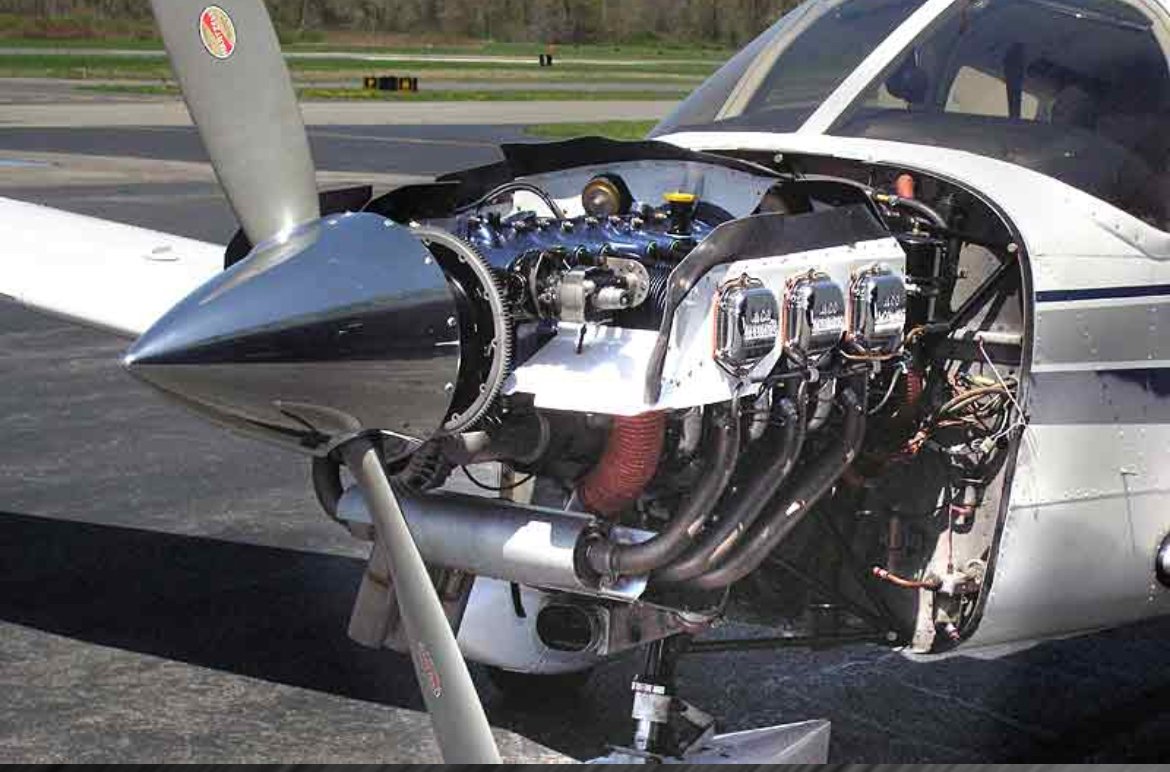Engine Roughness
Engine roughness can have a number of causes; therefore, the pilot may need to check various items in order properly diagnose the problem and rectify it. The roughness may be caused by an inadequate fuel supply to the engine. First check the fuel gauge—if it is sufficient, try switching the tanks. Even if you’re running on BOTH tanks (for airplanes so-equipped), try switching the tanks anyway since the problem may involve the plumbing or venting system in one of the tanks. Next check the fuel flow gauge and try turning on the boost pump in case there is a blocked fuel filter.
Carburetor ice could also be a problem—try adding carb heat (if there is ice, the engine will continue to run roughly or get worse as the ice melts and the water is sucked into the engine, then it should smooth out). For fuel injected engines, a clogged injector may be the problem. A complete obstruction will usually be manifested by a mostly cold cylinder. However, a partial obstruction is often indicated by a relatively high EGT reading in one cylinder while the others show uniformly lower values. Obstructions (usually small dirt particles), generally can’t be removed from the cockpit, so the injector will need to be removed and cleaned by a mechanic on the ground.
Open the ALTERNATE AIR vent in case there is icing or other blockage at the engine air intake or filter.
If the engine appears to be losing power, try enriching the mixture to make sure there is enough fuel flowing. If it is already in the FULL RICH position, lean it out some and see what happens. Next try moving the throttle up and down. If there is no improvement, use the prop control to find the smoothest RPM setting.
A faulty magneto may also be the cause, but it is better to diagnose this problem on the ground since switching over to the bad magneto to run a test could cause the engine to fail. Leaving the setting on BOTH will at least keep the good mag running.
Sometimes the roughness is due to a mechanical failure such as a swallowed or stuck valve. This might be depicted on the engine monitor by wildly fluctuating EGT readings for the affected cylinders but normal indications for the others.
Remember that engine roughness usually occurs for a very specific reason—the cylinders aren't producing the same amount of power. Therefore, the cause is most likely something that can affect one cylinder differently than another. Pre-ignition could be the problem. This occurs when the fuel/air charge in a cylinder is ignited in advance of the normal spark ignition due to a hot spot from a carbon or lead deposit. If detected during run-up, the pilot can attempt to burn off the impurity by increasing the RPMs and gradually leaning the mixture for a minute or so (consult the POH for your specific aircraft).
Other potential causes of engine roughness will need the attention of a mechanic. They include a faulty spark plug, the wrong type of spark plug, a bad ignition harness lead or contact spring, and a phenomenon known as "mixture maldistribution" that occurs when different cylinders are running at different air-fuel ratios.

